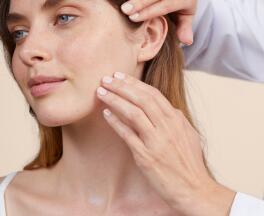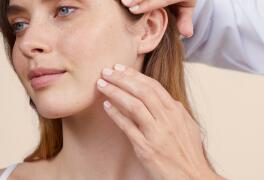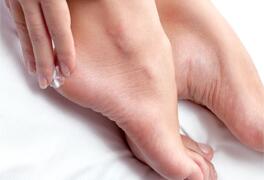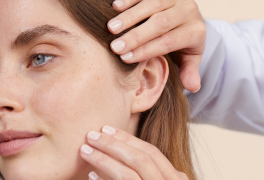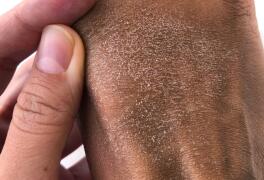
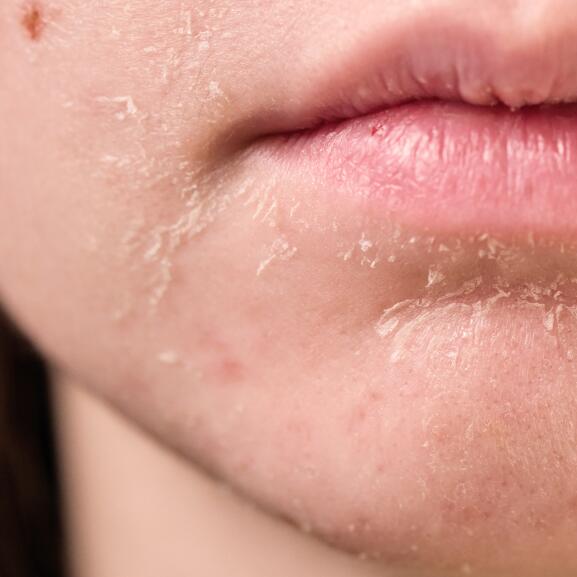
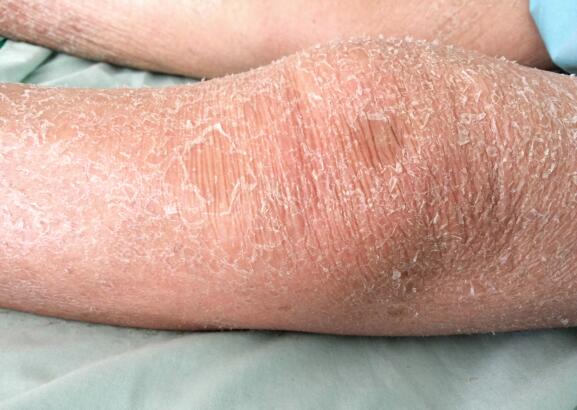
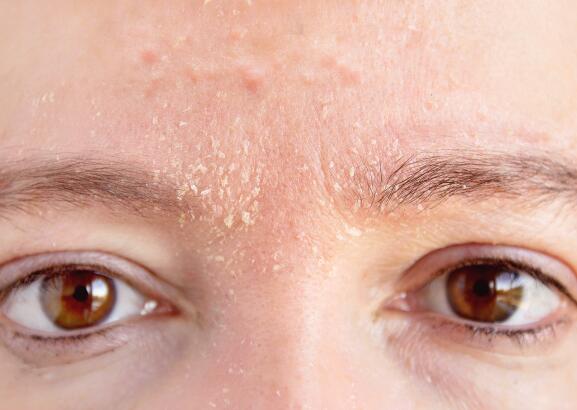
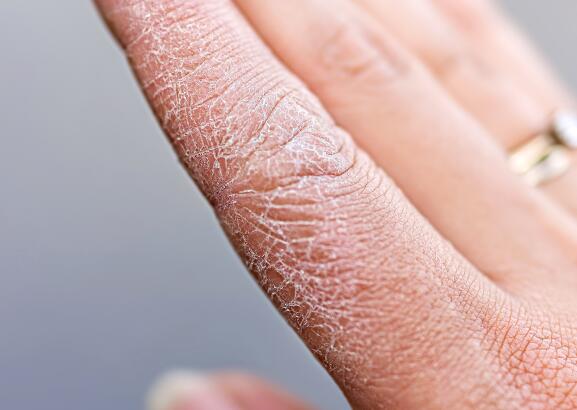
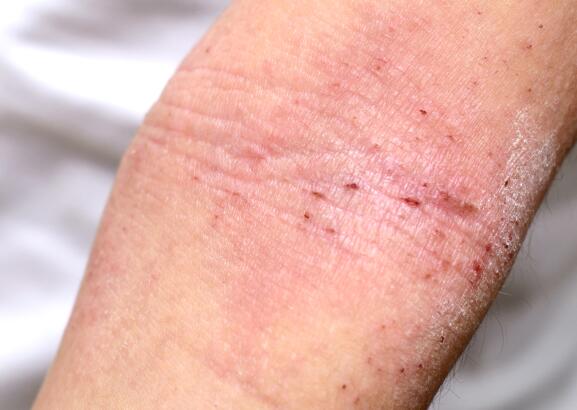
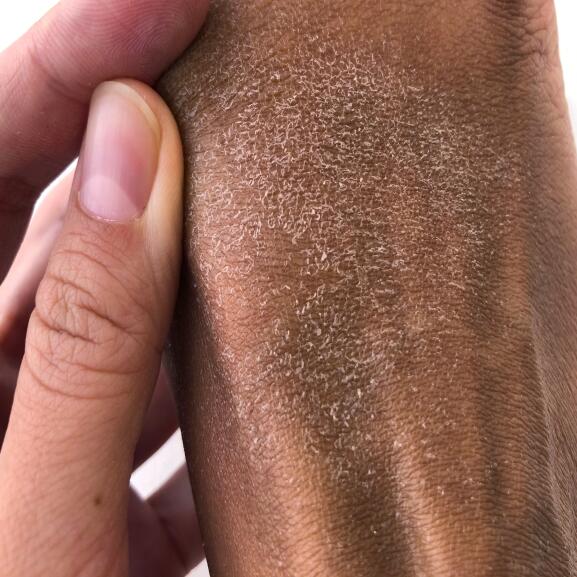
Nutri-Fluid Lotion
Daily moisturiser Description
- SOOTHES thanks to the properties of Avène Thermal Spring Water.
- NOURISHES thanks to the trio of plant-based lipids and Selectiose.
- RESTORES the skin barrier.
Its fluid, non-greasy and delicately-scented formula allows for quick application to make everyday life easier for the whole family.
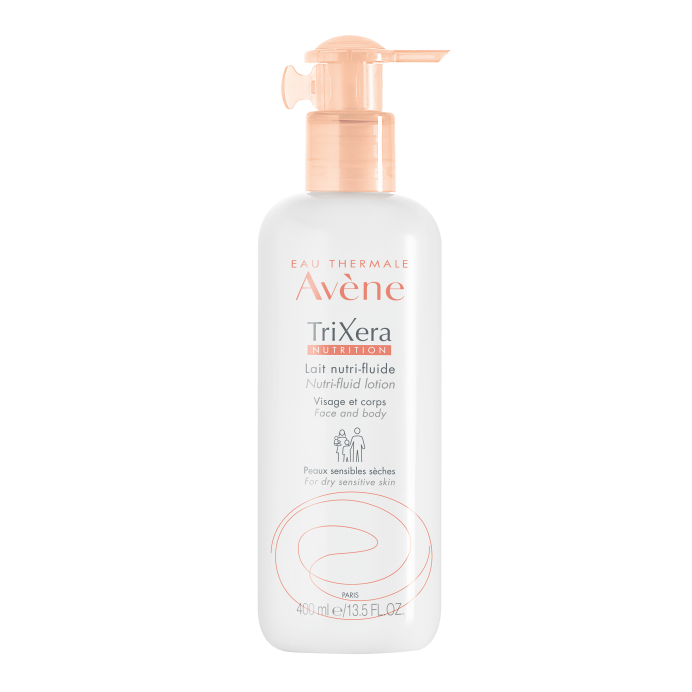
Which skin care routine should you adopt?
Identify what it really needs with the help of our experts and discover the most suitable skin care routine for you.


